Yellow Fruit Varieties - Growing Fruit That Is Yellow
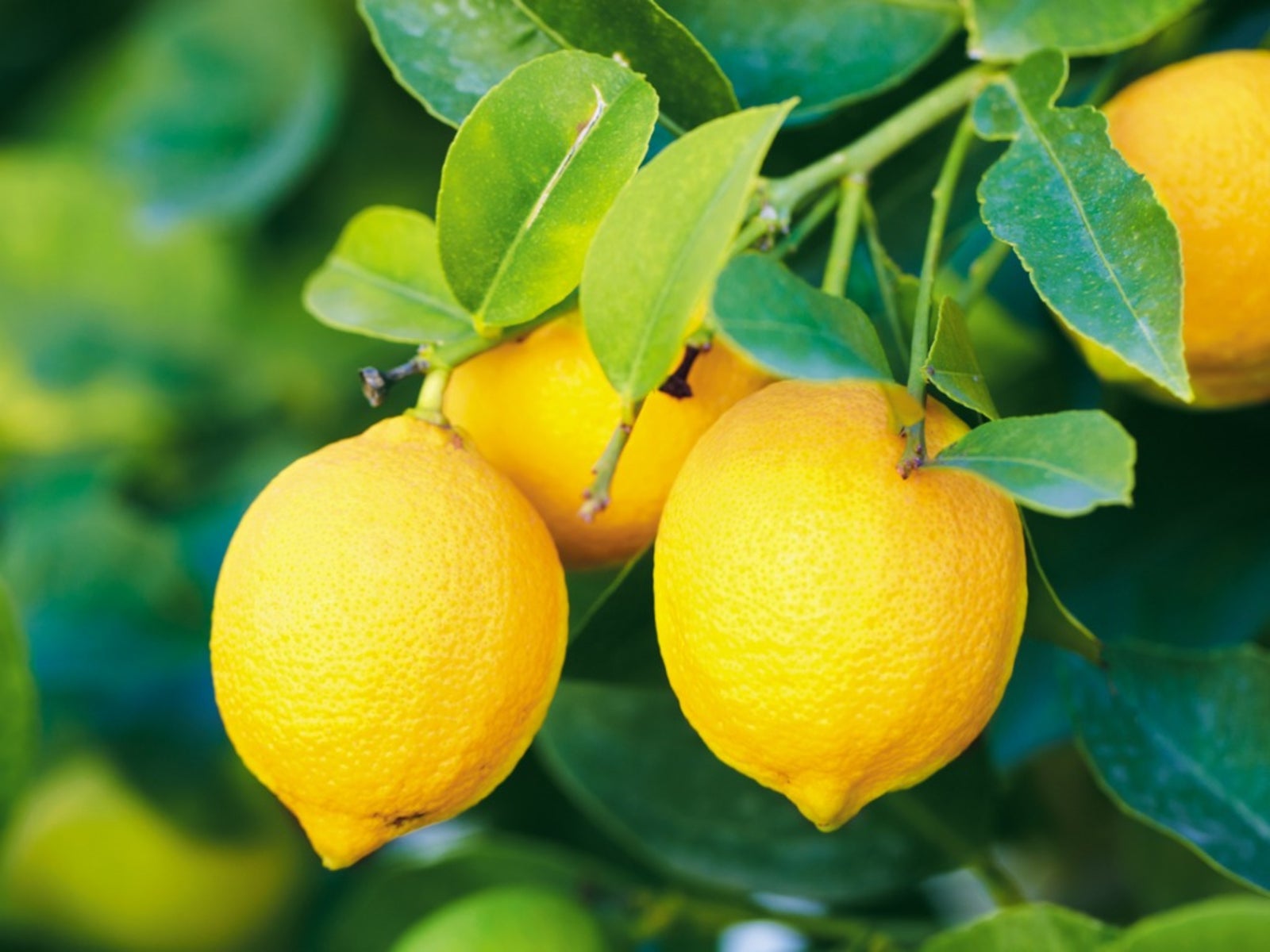

We all know it's important to have variety in our diets. One of the easiest ways is to make sure you have a mix of colors on your plate. Yellow fruit varieties bring a lot of nutrients to the table. What fruit is yellow? The list goes far beyond the classic banana and most are readily available in your supermarket. Or you can try growing yellow fruit for a consistent supply of the sunny food.
Many of us start our day with some fruit. Fruit that is yellow comes in many forms and flavor dimensions. Some of our most popular foods are fruits, such as yellow tomatoes. These are common in savory dishes. But most fruits are sweet or tart and used fresh or as part of desserts. Learn about yellow fruit varieties and add this important category of food to your dishes.
Which Fruits are Yellow?
A quick scan of the produce department will identify yellow fruit varieties. Going to a specialty store such as an Asian market will introduce you to even more, such as Durian. Pretty much everyone has seen many types of yellow apple, bananas, lemons, plums, and figs. Due to plant breeding, it is now possible to find fruits that were traditionally a certain color, in different hues. Deep red raspberries are now in a golden hue. Yellow fruits are popular due to their flavor but also their nutrient density. Most contain lycopene, Vitamin C, potassium, and Vitamin A. These boost the immune system, build strong bones, and help lower LDL cholesterol. Plus yellow foods are a perfect complement to other food colors.
Fruit That is Yellow
International fruits may not always be available in our supermarkets but shipping brings these exotic foods to our tables from specialty markets. Some fairly easy fruits that are yellow are:
- Papaya
- Guava
- Persimmon
- Pineapple
- Starfruit
- Pummelo
- Banana
- Lemon
- Ugli Fruit
- Durian
- Yellow Tomatoes
- Yellow Peppers
- Yellow Apple ( Golden Delicious for example)
- Fig
- Pear
- Yellow Watermelon
- Golden Kiwi
- Plum
- Achacha
- Golden Raspberry
- Maypop ( Passionfruit)
- Cape Goooseberry
Tips on Growing Yellow Fruit
Most fruit trees, bushes, and vines need consistent sunshine. They also need well draining soil with a substantial amount of nutrients. Fruits are generally juicy. To get them that way, give the plant plenty of water during fruit formation, but don't keep the soil soggy. For sure-fire success, select varieties that are native to your region, or those that are in your hardiness range. If you want to try some exotic species, keep them in containers indoors during the cold seasons. There are many dwarf varieties of citrus that are perfect as houseplants. Don't forget to fertilize and treat for pests and fungal disease annually.
Gardening tips, videos, info and more delivered right to your inbox!
Sign up for the Gardening Know How newsletter today and receive a free copy of our e-book "How to Grow Delicious Tomatoes".

Bonnie Grant is a professional landscaper with a Certification in Urban Gardening. She has been gardening and writing for 15 years. A former professional chef, she has a passion for edible landscaping.
-
 Try The Trend – Turn Any Bed Into A Keyhole Garden With This Clever In-Ground Composter
Try The Trend – Turn Any Bed Into A Keyhole Garden With This Clever In-Ground ComposterKeyhole gardening is an efficient and sustainable practice that saves space. Get started on this DIY project quickly and easily with an in-ground composter.
By Bonnie L. Grant
-
 4 Superfast Composting Methods: Turn Waste Into Garden Gold In 30 Days Or Less
4 Superfast Composting Methods: Turn Waste Into Garden Gold In 30 Days Or LessTry the fastest composting methods to turbocharge your pile and transform kitchen scraps and garden waste into finished compost in just a few weeks.
By Mary Ellen Ellis
-
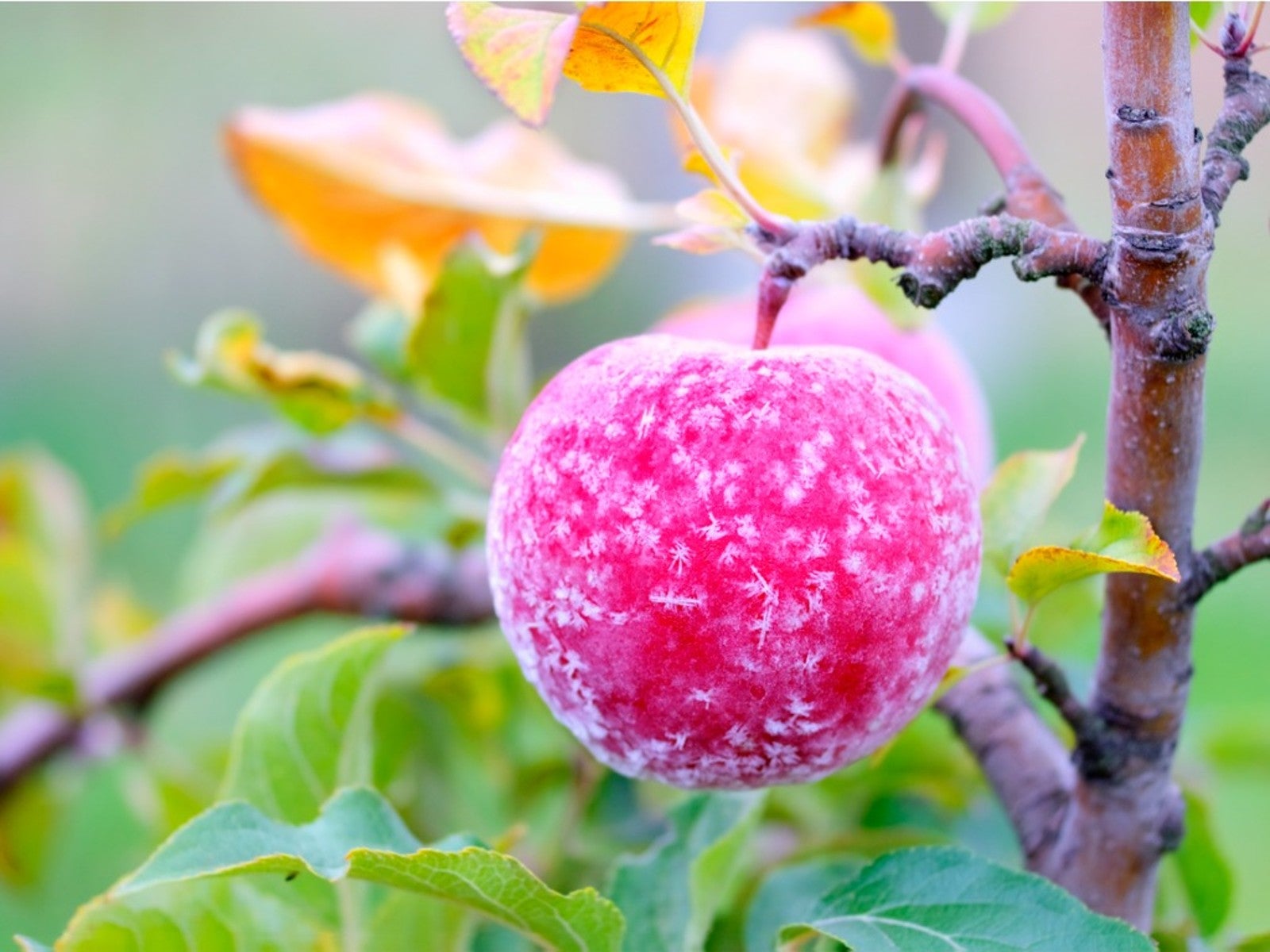 How To Protect Fruit Trees From Frost And Freeze
How To Protect Fruit Trees From Frost And FreezeChoosing fruit trees appropriate for your growing zone is best, but you still may need to protect them from extreme cold. Read how.
By Bonnie L. Grant
-
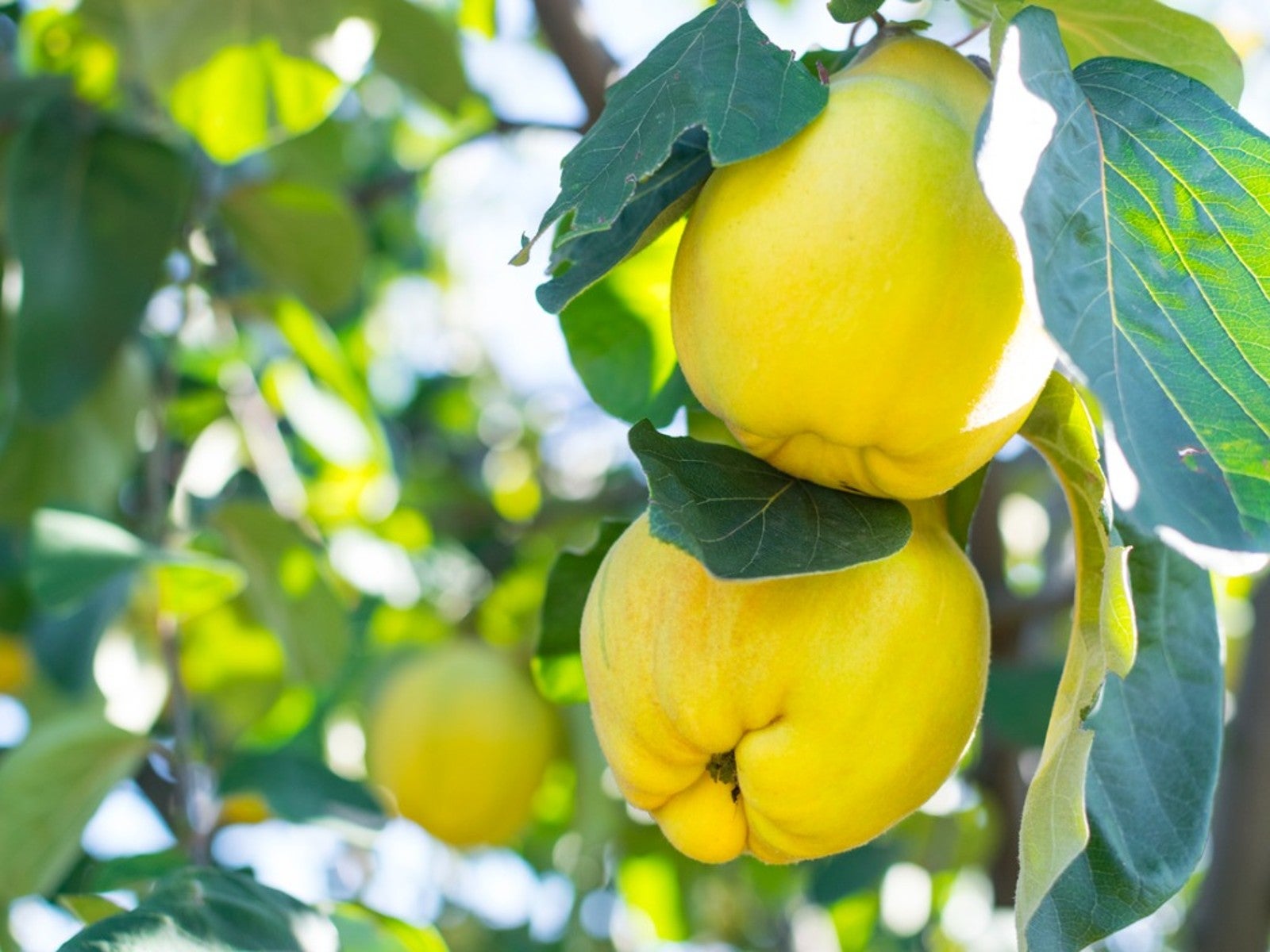 Best Plants For Late Summer and Fall Fruit Harvest
Best Plants For Late Summer and Fall Fruit HarvestEven if you don’t have the optimal conditions for more common fruit trees, there are other end of summer fruits to enjoy.
By Teo Spengler
-
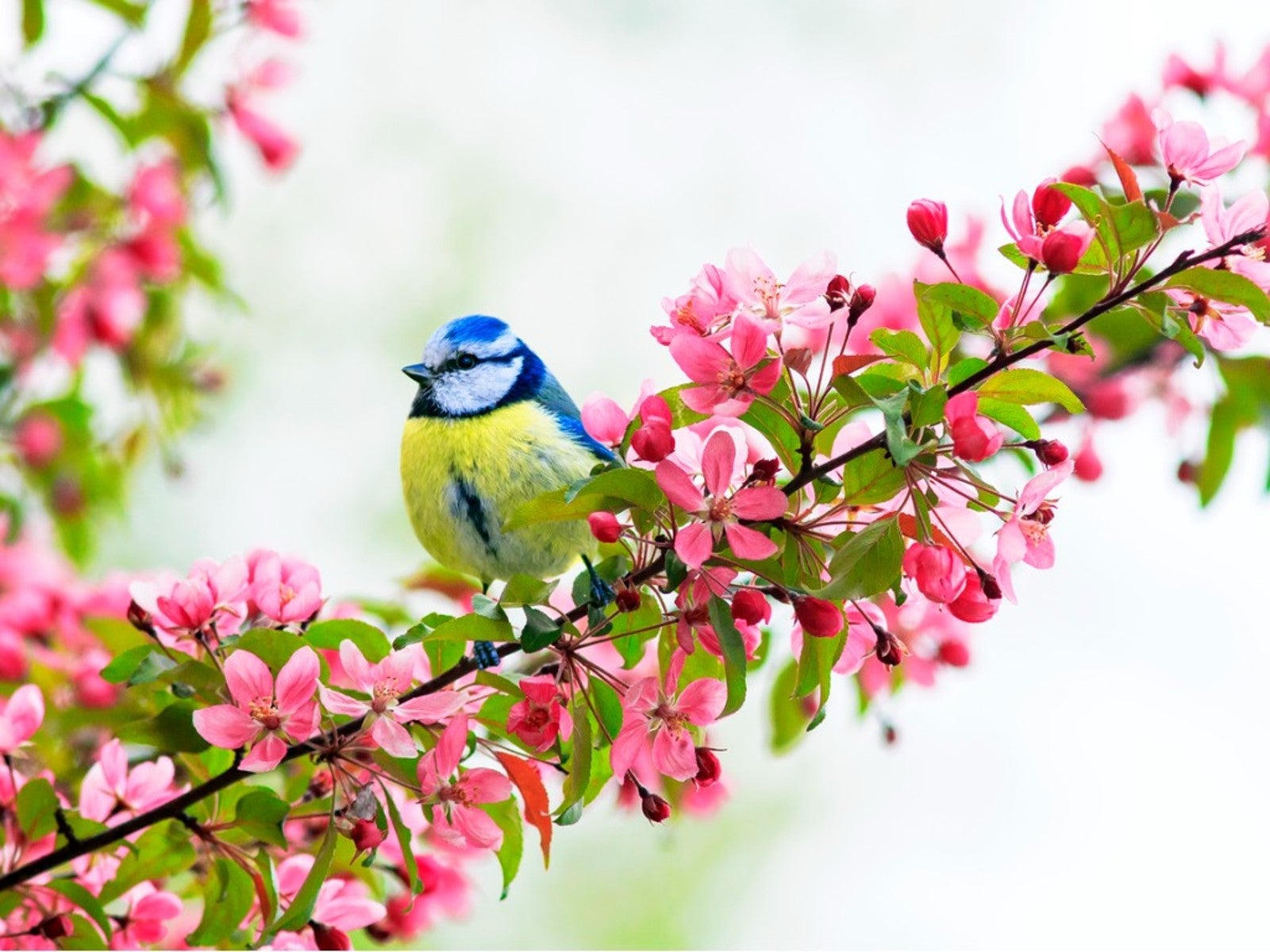 Best Native Fruit Trees To Support Wildlife
Best Native Fruit Trees To Support WildlifeIf you want trees that will attract and feed wildlife, learn the best kinds of edible fruit and nut trees to plant for inviting specific creatures.
By Teo Spengler
-
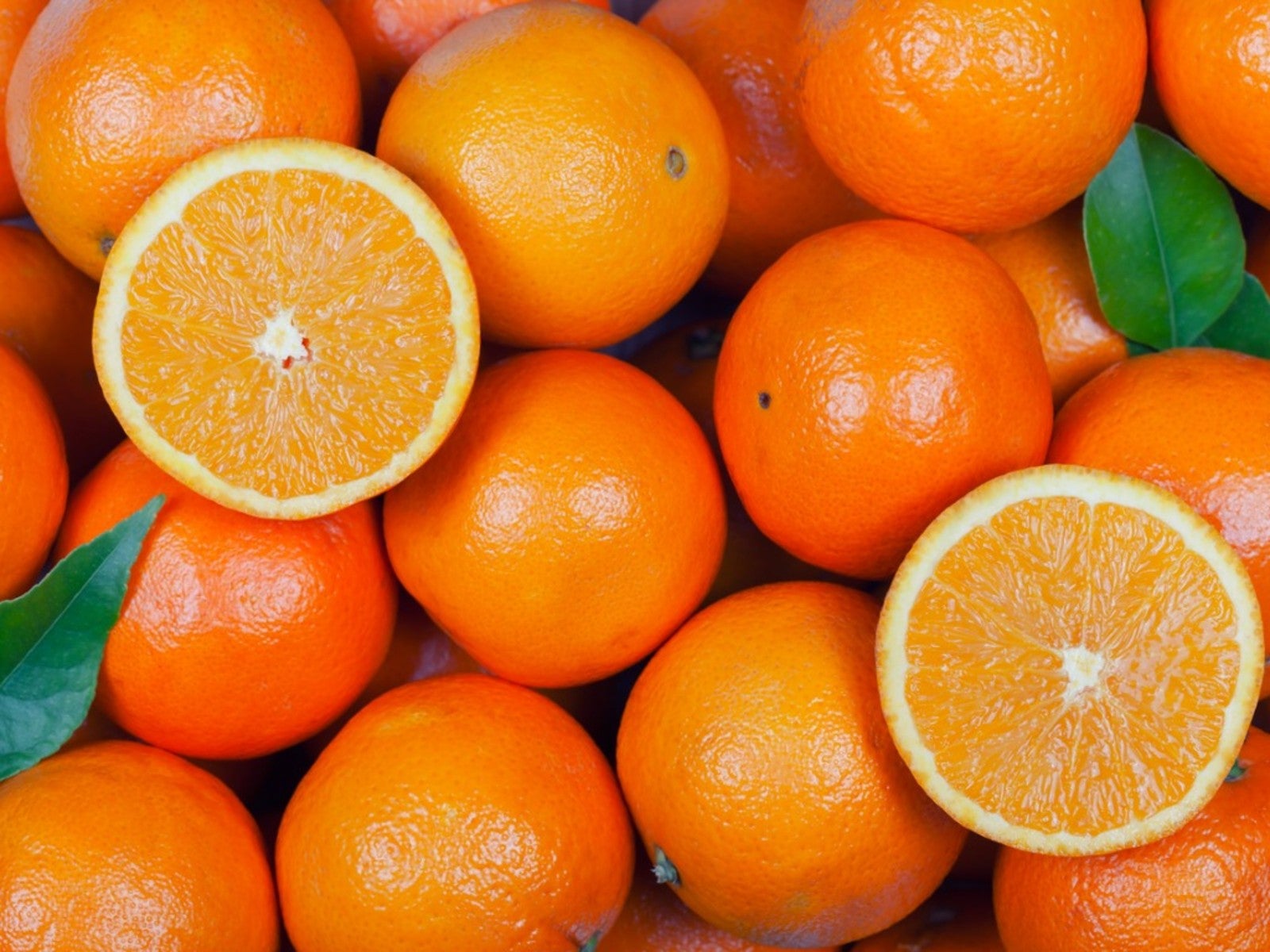 Orange Fruit Varieties: Growing Fruits That Are Orange
Orange Fruit Varieties: Growing Fruits That Are OrangeOrange colored fruit isn’t limited to the citrus orange. There are plenty of other orange colored fruit varieties, each packing a healthful punch. Read on for more.
By Amy Grant
-
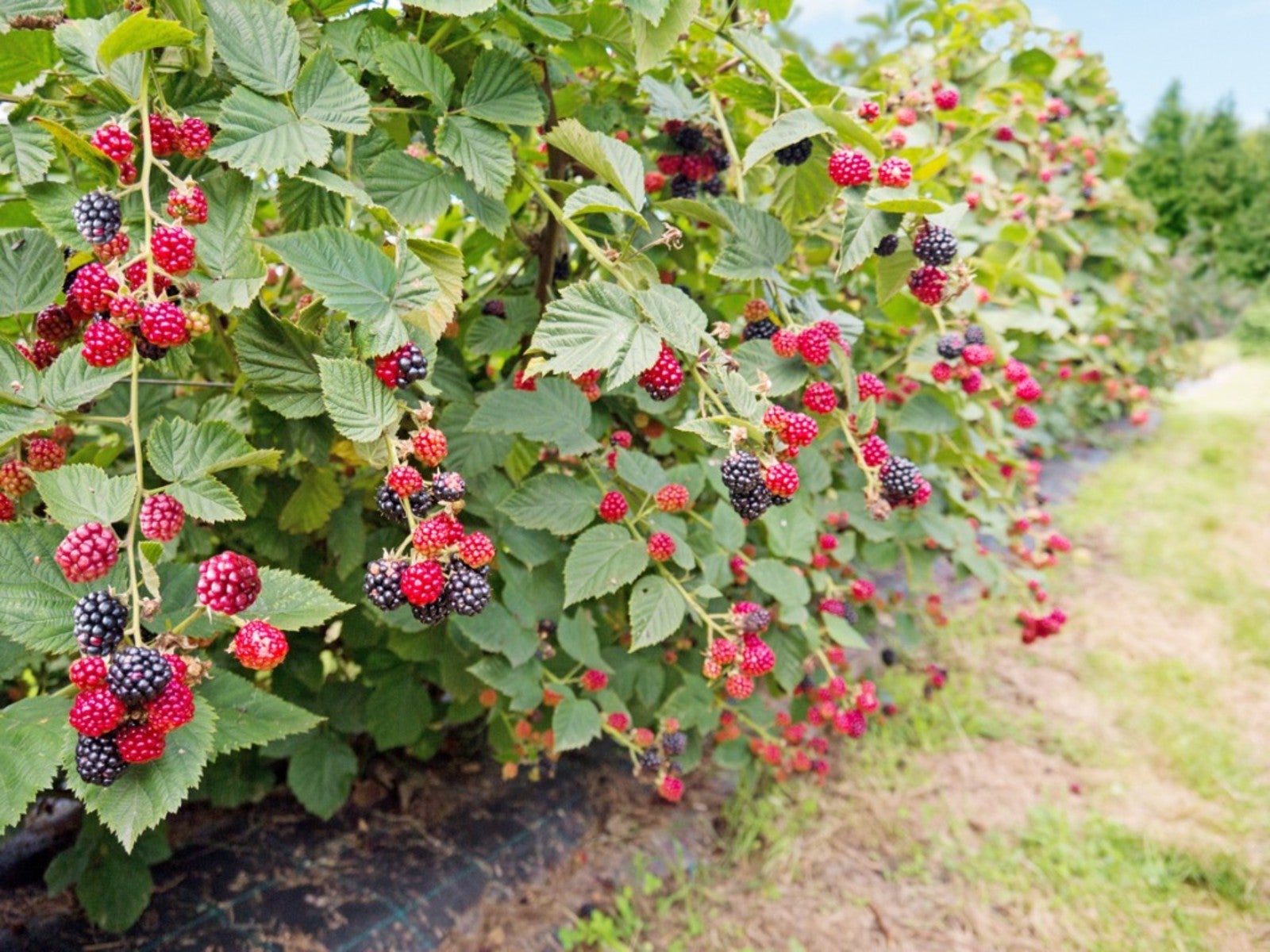 Everbearing Plants: Learn About Everbearing Varieties Of Fruit
Everbearing Plants: Learn About Everbearing Varieties Of FruitWhat does everbearing mean? And more importantly, how do everbearing varieties differ from non-everbearing types? Read on for more.
By Laura Miller
-
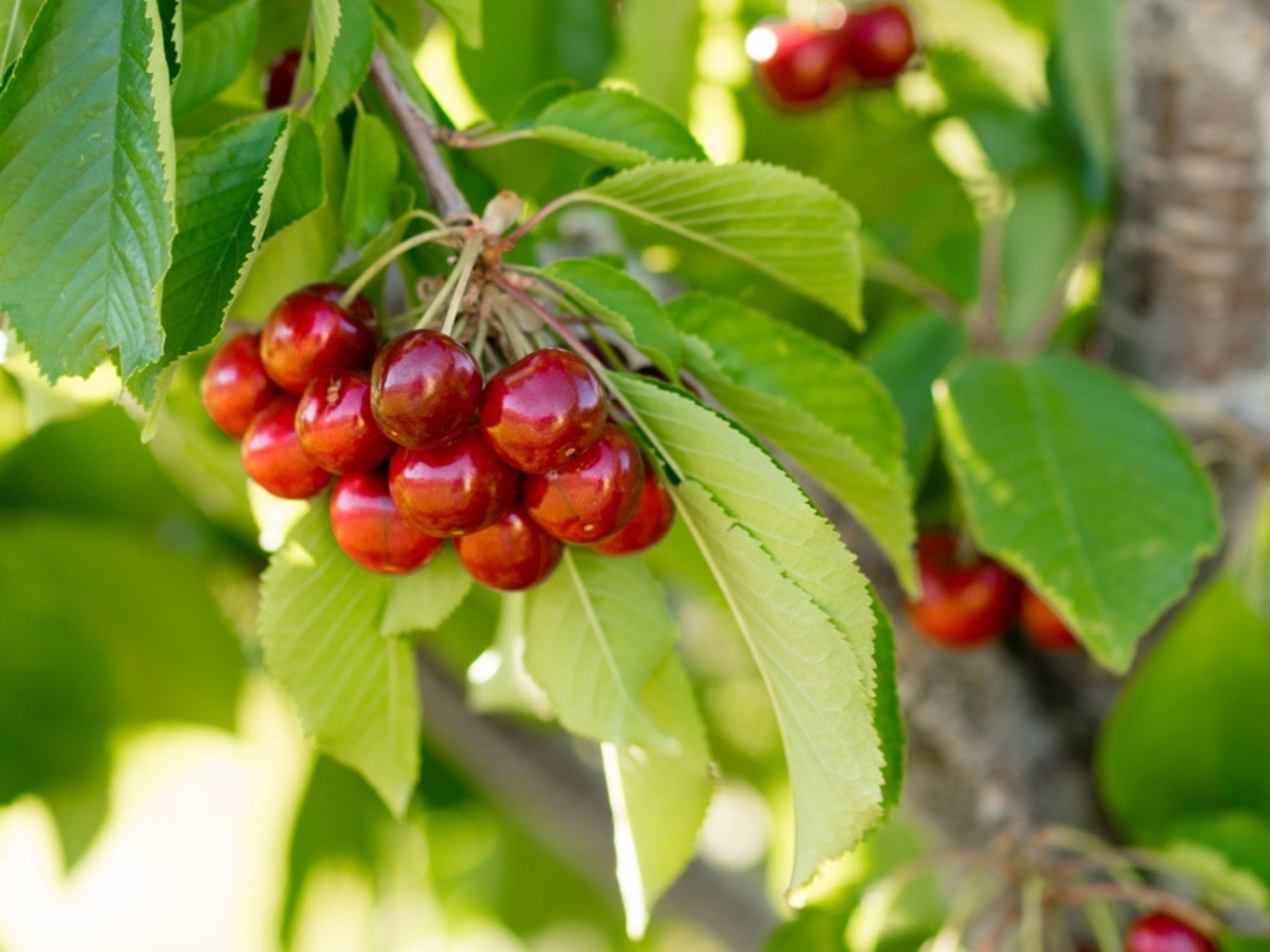 Plant A Red Fruit Garden: Growing Fruits With Red Flesh
Plant A Red Fruit Garden: Growing Fruits With Red FleshPlanting a red fruit garden may seem a bit whimsical. That is, until you realize the health benefits of consuming fruits with red flesh.
By Laura Miller
-
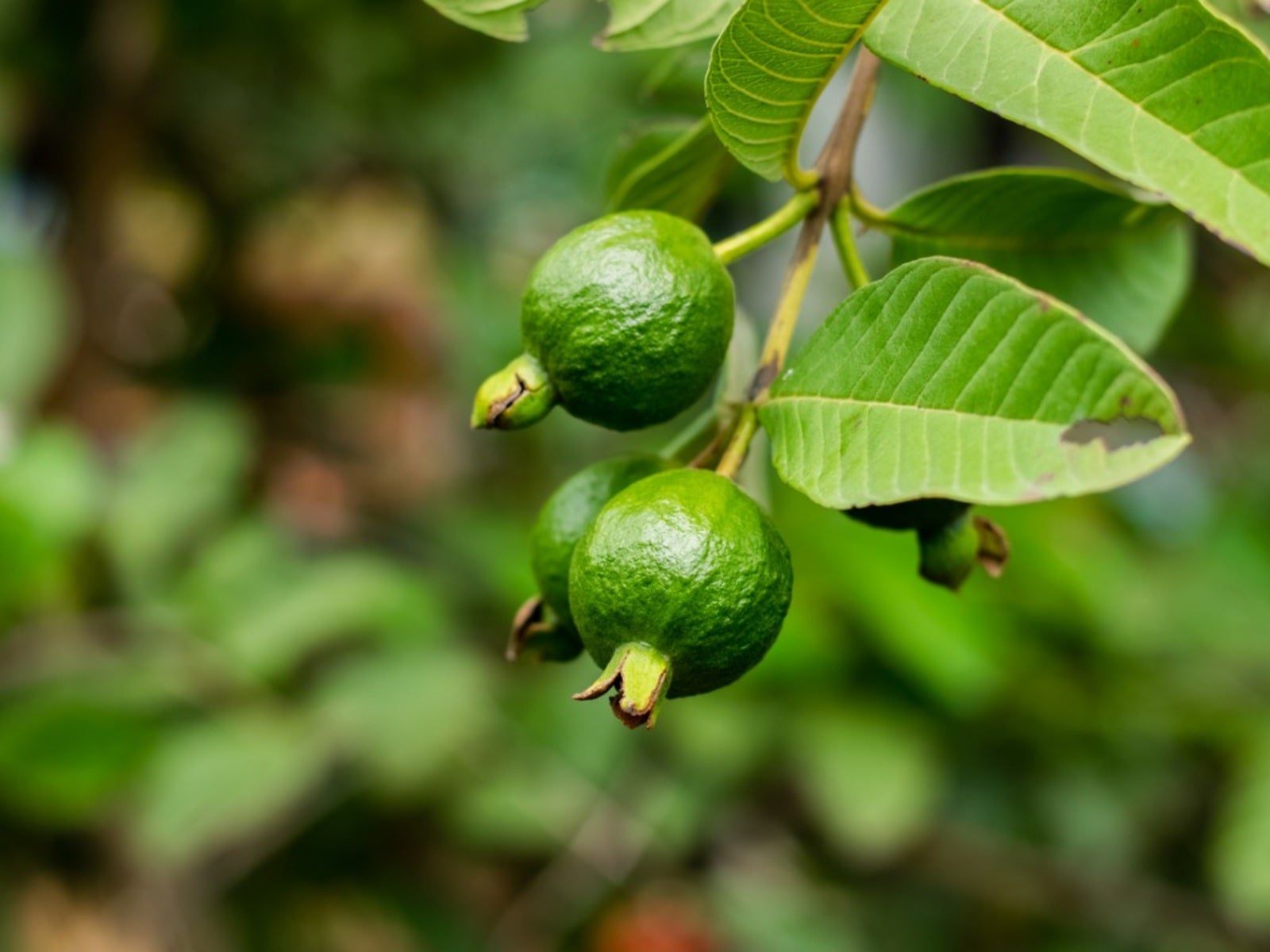 Heat Tolerant Fruits - Growing Fruit In Hot Weather
Heat Tolerant Fruits - Growing Fruit In Hot WeatherSome fruit grows in extreme heat naturally. But there are also specially cultivated, heat-tolerant varieties. For more information on heat tolerant fruits, read on.
By Teo Spengler
-
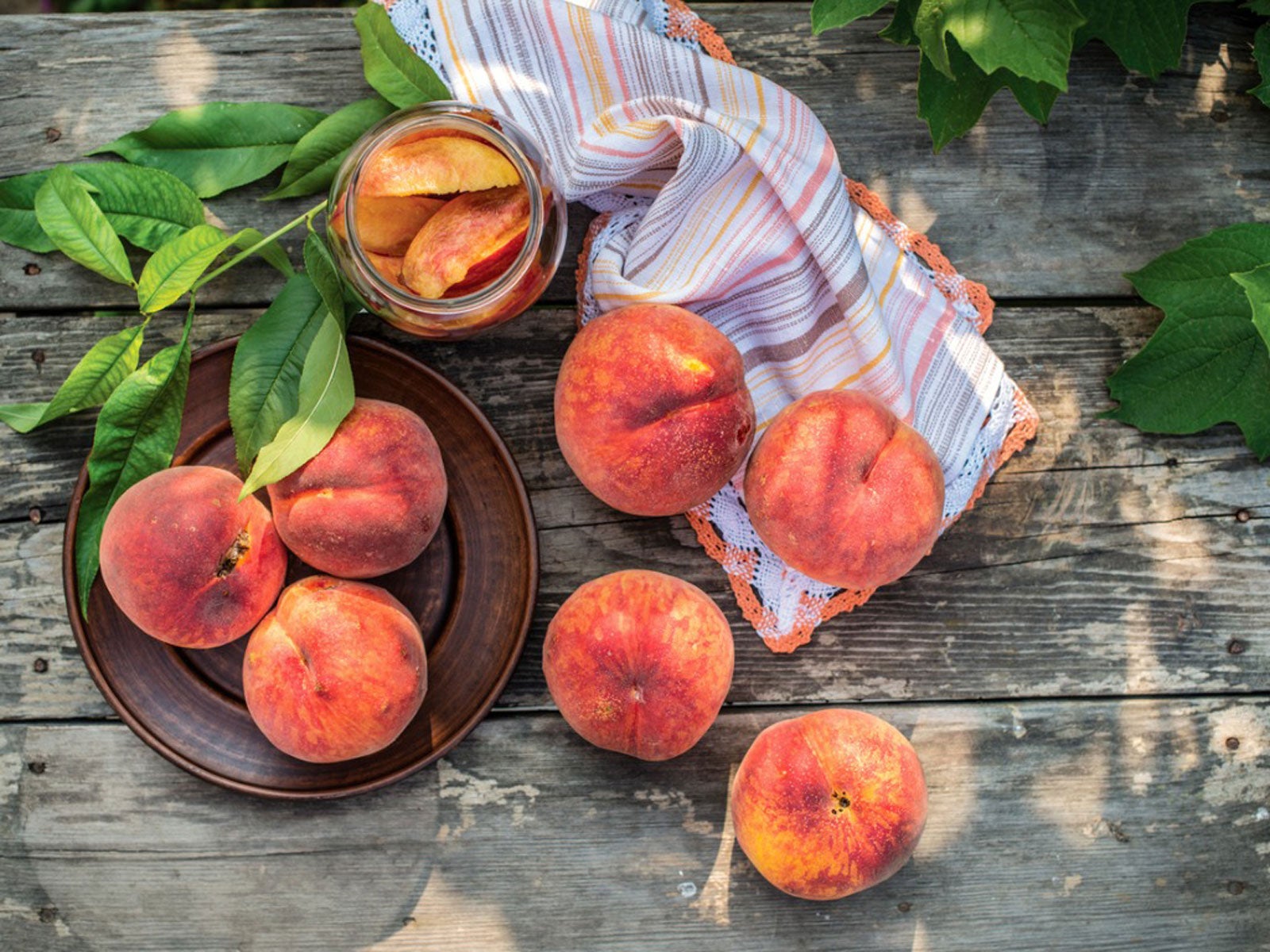 Post Harvest Cooling Guide – How To Cool Fruit Picked From The Garden
Post Harvest Cooling Guide – How To Cool Fruit Picked From The GardenPost-harvest cooling of fruit is used both commercially and by home gardeners. Cooling fruit is important for harvest quality. Click here to learn more.
By Tonya Barnett